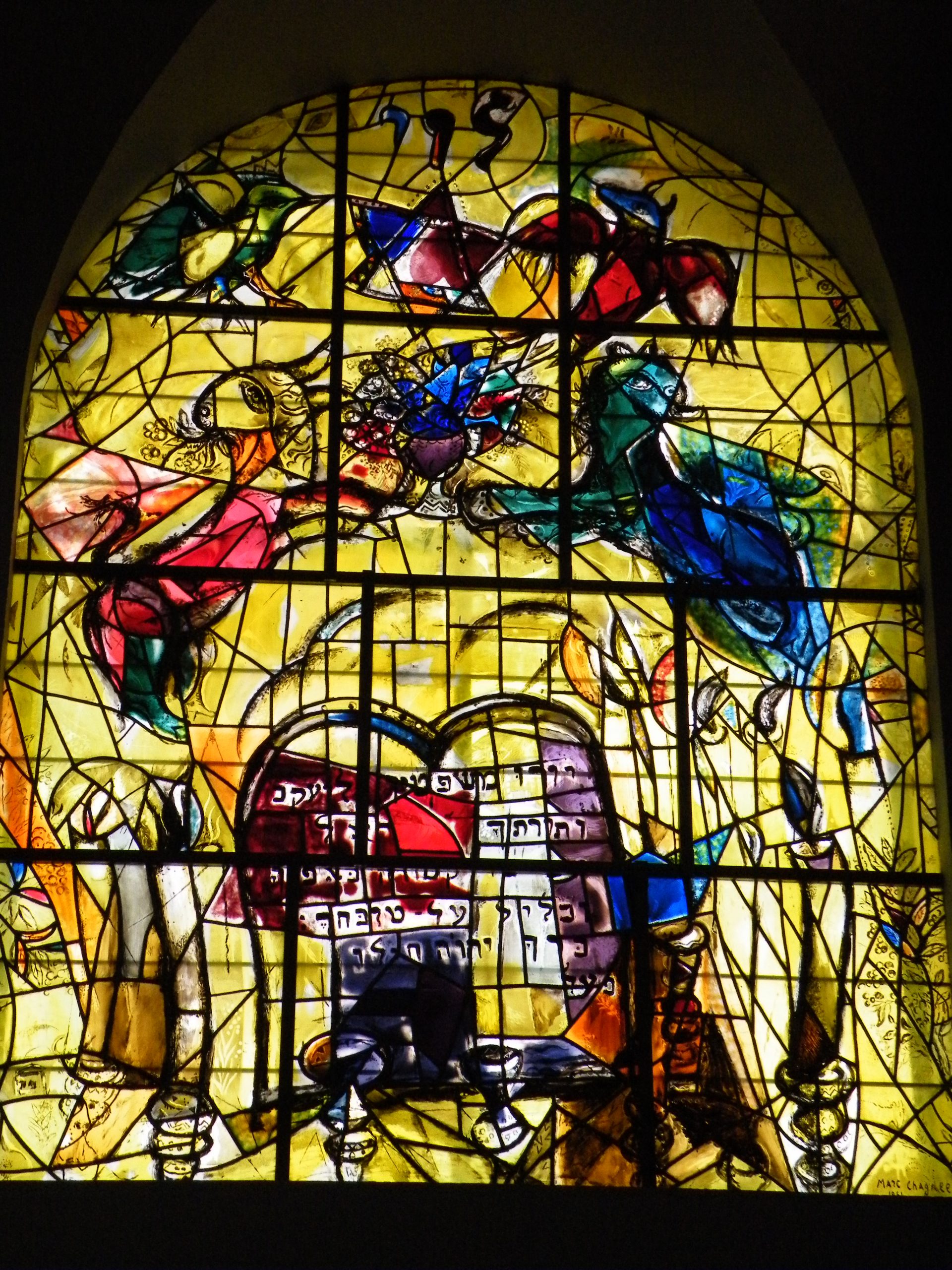
March 28 1985 – 6 Nisan 5745
Surrealist artist Marc Chagall died in Paris. Born into a Hasidic familiy in 1887 in the small town of Liozna not far from Vitebsk (now in Belarus), Chagall studied in St. Petersberg under the artist Yuri Pen. He moved to Paris in 1910, befriending Amedeo Modigliani, but returned home to Vitebsk in 1914 for his sister’s wedding. World war prevented his return, but he settled down, marrying Bella Rosenfeld in 1915. They had a daughter, Ida. When the Communist revolution broke out, Chagall was swept up in the turmoil and became an ardent supporter of the new regime. Appointed commissar of visual arts in the Vitebsk region, his creative ideas soon brought him into conflict with his superiors, and he turned instead to document the fast disappearing world of Jewish tradition in his own inimical way.
Chagall returned to Paris with his family in 1923, then emigrated to the United States to escape the Nazis, who defined all his works as “degenerate art.” After the war, he lived out his life in Provence, bequeathing his masterful series of Bible illustrations to the city of Nice. His frequent visits to Israel and ongoing relationship with the state resulted in many significant works in the Israeli public sphere, including the Knesset building and his famous Twelve Tribes series of stained glass windows in Hadassah hospital on Mt. Scopus.
